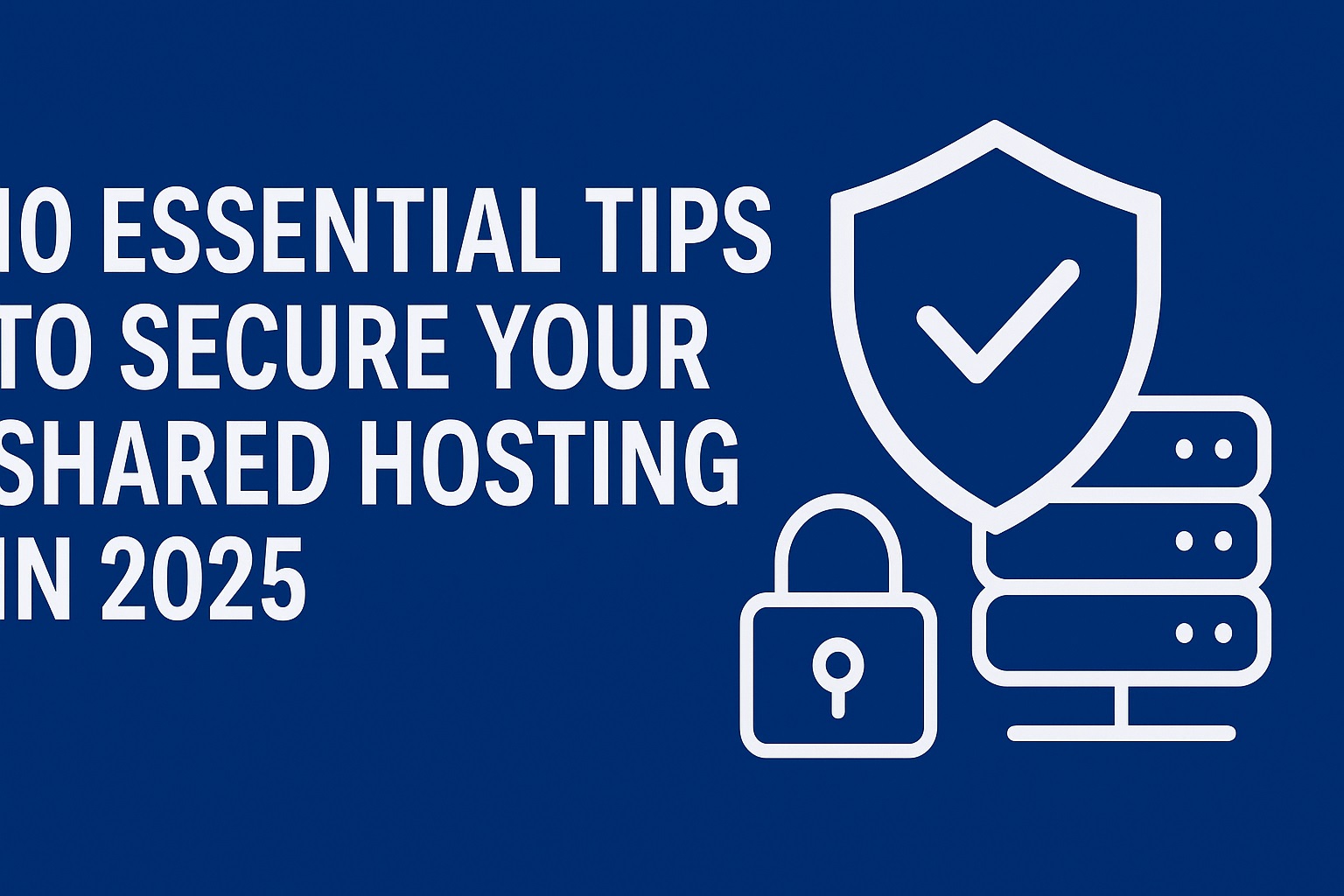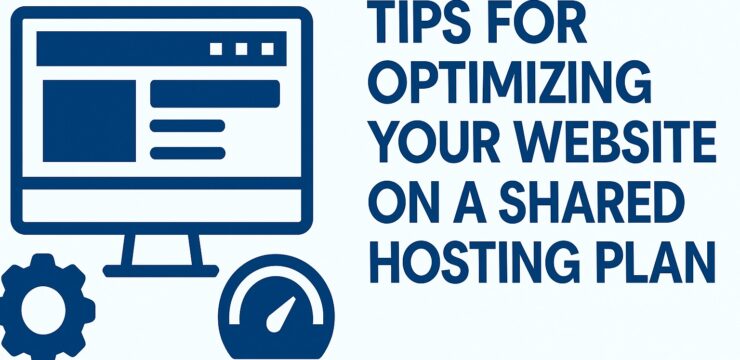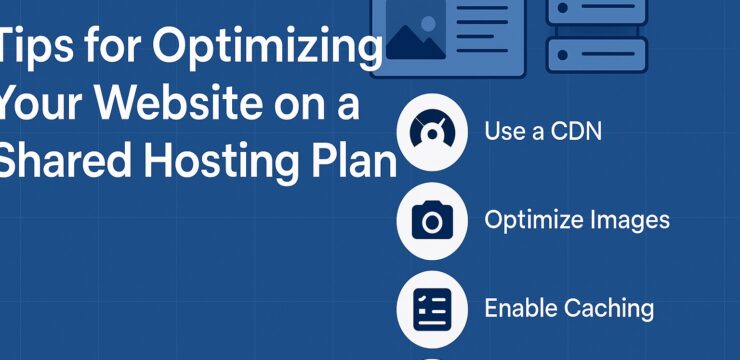
Using shared hosting is a budget-friendly way to get your website online, but it also comes with security risks. Since you’re sharing server resources with other websites, a vulnerability on one site could impact yours. In this guide, you’ll learn 10 practical ways to secure shared hosting and keep your website protected in 2025.
1. Keep Your CMS, Themes, and Plugins Updated
Outdated software is one of the most common entry points for hackers. Whether you use WordPress, Joomla, or another CMS, always keep your core system, themes, and plugins up to date. Enable auto-updates when possible or schedule weekly maintenance.
2. Use Strong, Unique Passwords
Weak passwords can be easily cracked by brute-force attacks. Use complex passwords that combine upper and lowercase letters, numbers, and symbols. Avoid reusing passwords across multiple accounts, especially for your hosting control panel, email, and FTP.
3. Enable Two-Factor Authentication (2FA)
2FA adds an extra layer of protection to your login credentials. Many control panels, like cPanel or your CMS dashboard, support two-factor authentication. Enable it wherever possible to reduce unauthorized access risk.
4. Choose a Hosting Provider with Built-in Security Features
Not all shared hosts offer equal protection. Look for providers that offer features like malware scanning, server-level firewalls, free SSL certificates, DDoS protection, and 24/7 monitoring. These tools form the first line of defense.
5. Always Use HTTPS with SSL
Using HTTPS ensures your website data is encrypted between the server and the browser. Most modern hosting providers offer free SSL certificates. Make sure your site forces HTTPS on all pages to prevent data sniffing and man-in-the-middle attacks.
6. Set Proper File and Folder Permissions
File permissions determine who can read, write, or execute files. Incorrect permissions can expose sensitive data or allow code injections. In general, set folders to 755 and files to 644. Avoid 777 permissions, which allow anyone full access.
7. Remove Unused Plugins, Themes, and Files
Unused plugins and themes are often forgotten and unpatched, making them a backdoor for attackers. Delete anything you’re not actively using. Also, remove installation files and default CMS files that may reveal your site’s setup.
8. Limit Login Attempts
Brute-force attacks target login pages with thousands of guesses. Install plugins or configure settings that limit login attempts and lock out suspicious activity. It adds a significant barrier to unauthorized access attempts.
9. Regularly Back Up Your Website
Backups won’t prevent an attack, but they’ll save your site if something goes wrong. Use your host’s backup system or a plugin to automatically back up your files and database daily. Store copies off-site or in cloud storage for extra safety.
10. Monitor Activity Logs and Set Up Alerts
Activity logs help you track changes, logins, or file edits that could indicate a breach. Many hosting panels and security plugins allow log monitoring and alert configuration. Act on suspicious activity immediately to minimize damage.
Conclusion: Shared Hosting Security Starts with You
While shared hosting has some limitations, applying these 10 tips will drastically improve your website’s safety. Being proactive about secure shared hosting ensures that you minimize risk and keep your online presence stable, fast, and secure in 2025.



